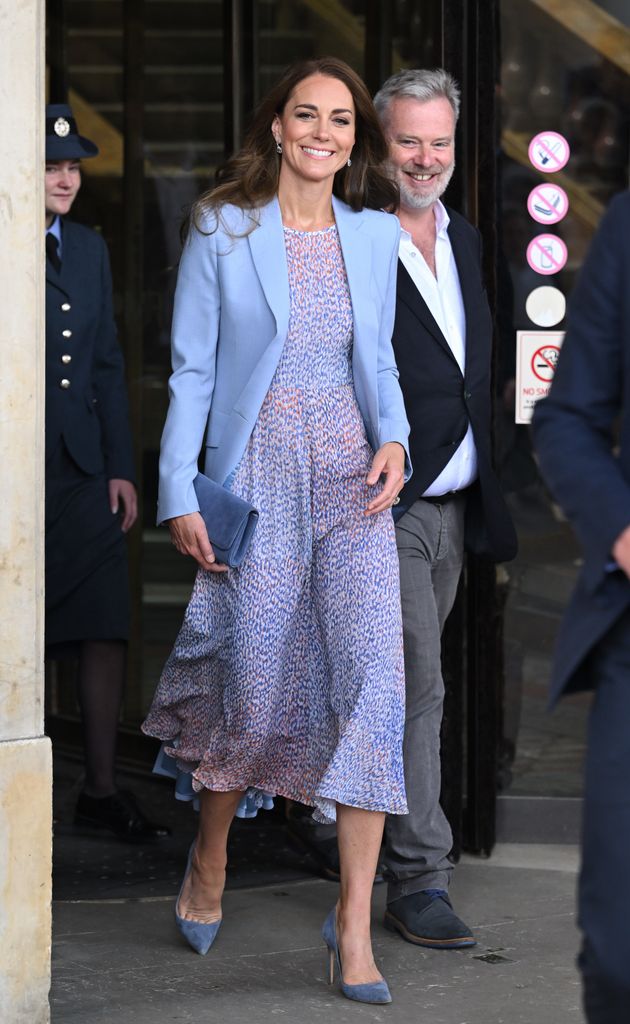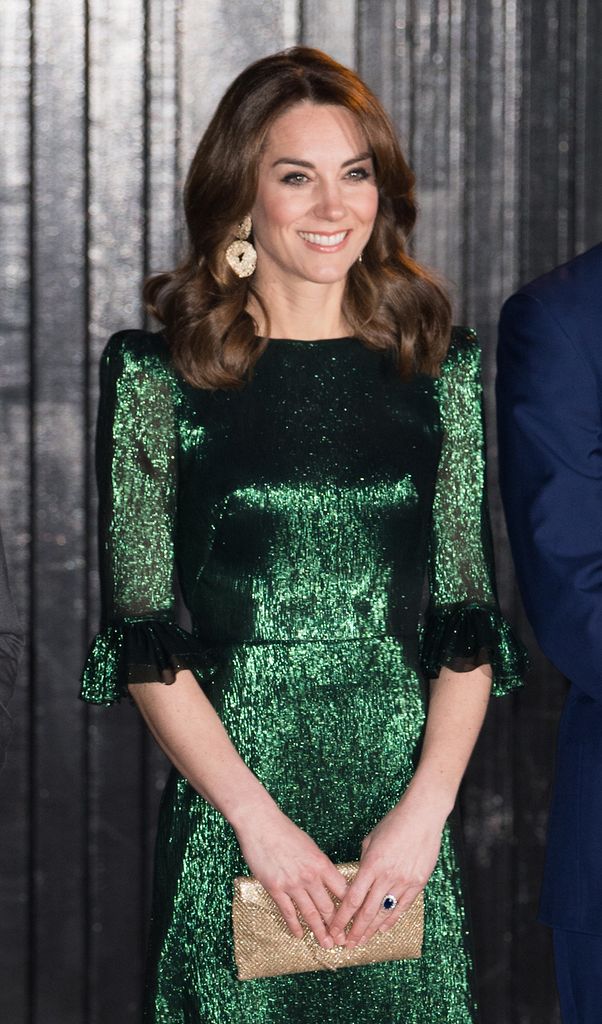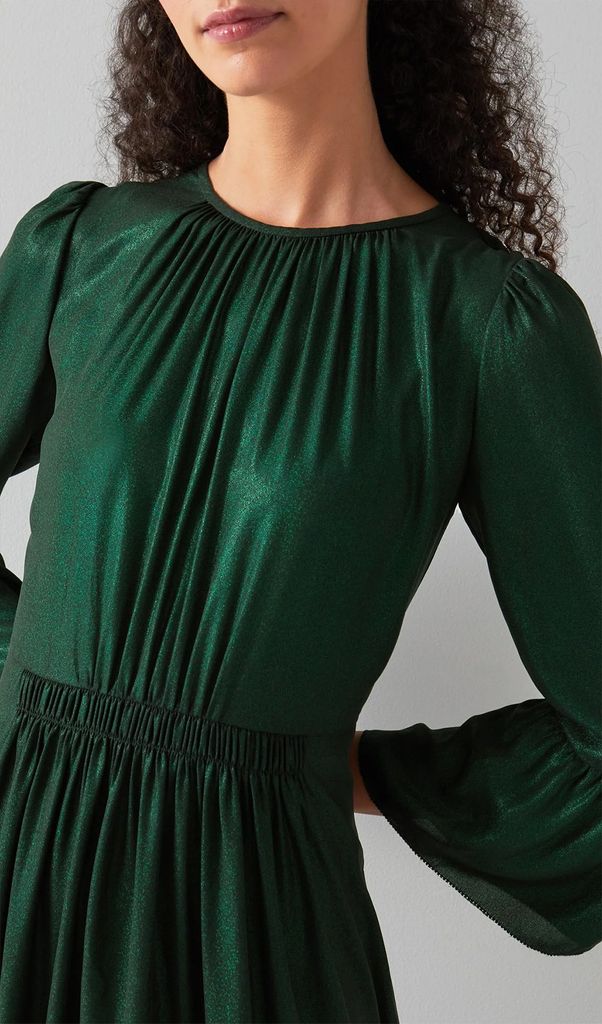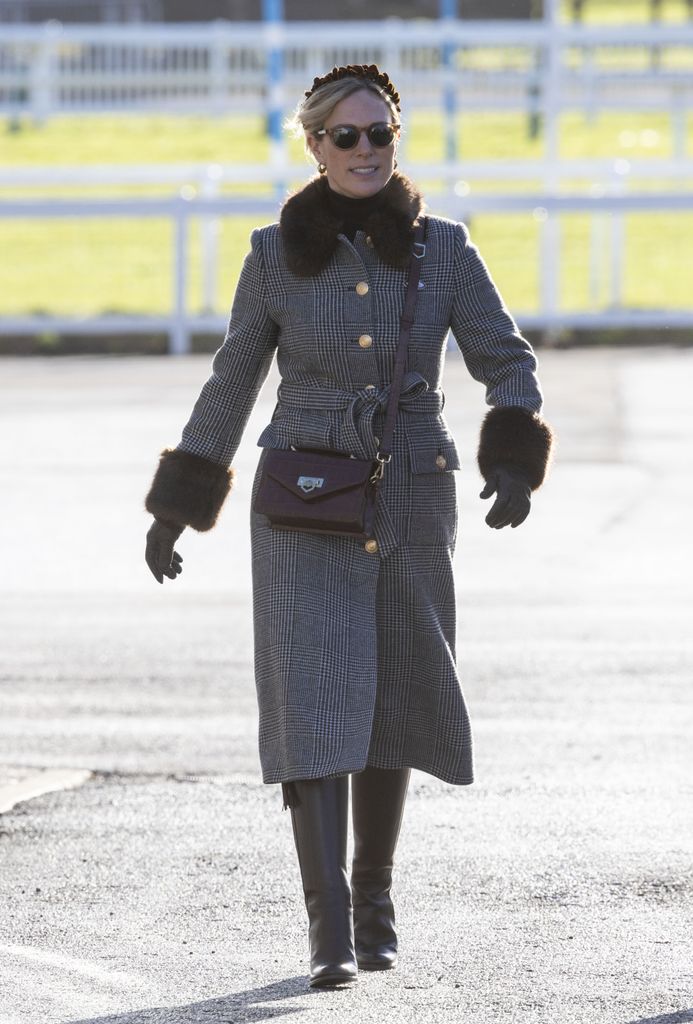Would you pay monthly to have the wardrobe of one of the world’s best-dressed women? L.K.Bennett, one of the Princess of Wales’ favourite British brands, has posed that exact offer to its clients since 2021, with the introduction of their rental service.
The environmental and ethical costs of our clothing choices in the era of fast fashion and e-commerce have become impossible to ignore. With landfills overflowing with discarded garments and the fashion industry accounting for nearly 10% of global carbon emissions, striving for a circular wardrobe has gone from being undesirable to a necessity.
Enter rental fashion – a revolutionary solution that allows people to wear high-quality, on-trend outfits without the need to invest (and risk never wearing again).
“Experience the ultimate transitional dressing with effortless style, courtesy of LK Borrowed,” explains the brand of their circular service.
How does LK Borrowed work?
The setup is slightly different from a traditional rental service, with members paying a monthly subscription fee (£79) for access to two products at a time, with the option to rotate eight times per month, rather than renting on a pay-as-you-go basis.
“This allows customers to have a constant stream of beautiful quality products to wear, whilst limiting the environmental impact of fashion, through a rotating wardrobe,” says the brand. “Plus, subscribers have the option to buy their rented items at up to 50% off the retail price.”
Is LK Borrowed worth the investment?
I made a personal pledge to break up with fast fashion several years ago, but prior to my promise to only shop second-hand, vintage, or sustainable fashion – with the exception of just five core purchases a year from high street brands I know I’ll wear on repeat – my former spending habits on clothes would have easily surpassed £100 per month.
For £79, LK Borrowed promises its clients up to eight items on rotation per month, which seems more than a worthy investment for the chance to wear clothes that would cost significantly more if bought at full price.
Personally, giving my wardrobe a sustainable overhaul has resulted in an accidental frugality. I no longer buy clothes I don’t need and consider every purchase before I invest. When I’m buying pre-loved clothes, they are considerably cheaper than if I were to buy new, meaning I spend much less than I used to on clothing and accessories.
However, that doesn’t mean I consider the option of a rental wardrobe for £948 a year to be a bad one. It’s cheaper than a gym membership in London, more affordable than an iPhone subscription, and more reasonable than a year’s worth of commutes on TfL. Plus, can you really put a price on having access to the Princess of Wales’ wardrobe?




